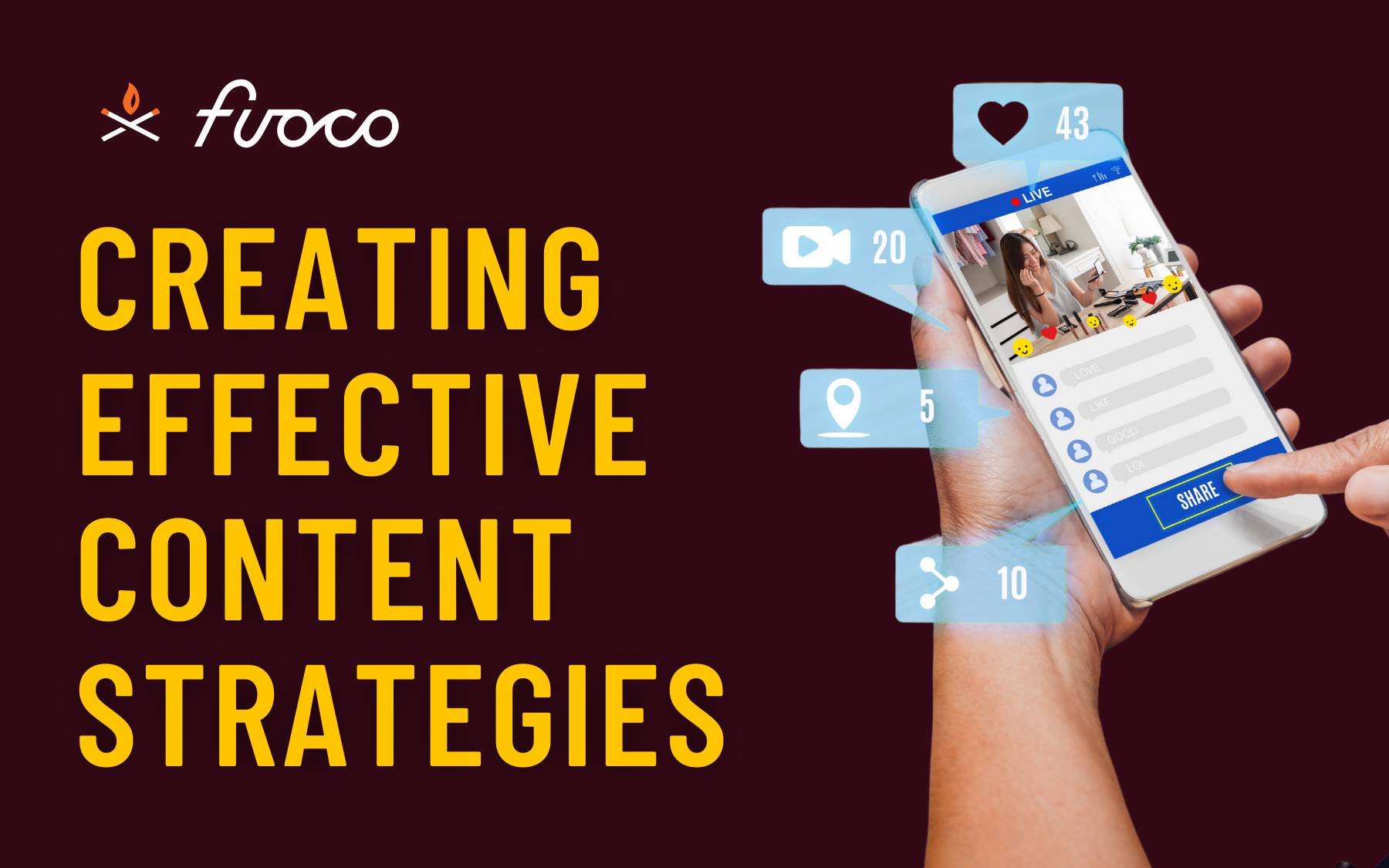The Definitive Guide to B2B Content Marketing

December 17, 2020
Leverage the power of pillar content and publish that puppy everywhere
B2B content marketing is becoming increasingly like marketing to a consumer. Research shows B2B buyers are increasingly influenced as customers outside of work. In addition, the number of constituents involved in B2B purchasing is rising, the sales cycle is lengthening and buyers seek personalized interactions from vendors who demonstrate trust and expertise.

Effective content marketing is your digital foundation and positions your product as the right solution. To actively engage potential customers, good content and strategy work together to engage an audience, strengthen brand affinity and spur action toward new sales.
Master The Message
Brand messaging is your company’s holistic viewpoint, combining your brand’s personality with the story of your differentiators. Successful brand messages clarify who you are and the value you offer customers in a smart, intuitive way that resonates with your target audience.
It’s core to our belief that your integrated marketing should be aligned with your brand messaging and positioning to drive lead generation, thought leadership and media relations
Communicate your value through a message that focuses on solutions, not selling. Nearly all of the most successful B2B content marketers (90%) prioritize the buyer’s informational needs over their sales message, compared with 56% of the least successful. Humans can detect inauthenticity through an abundance of clutter, so take extra care aligning your message with your persona, brand identity, value proposition and content channel. Think through how to convey your unique value, especially if you can deliver something competitors can’t.
Know Your Audience
According to Harvard Business Review, the number of people involved in B2B purchases has climbed from an average of 5.4 two years ago to 6.8 today. The sales cycle is lengthening because a wider range of decision makers with conflicting needs are evaluating an ever-increasing range of complex products. Meaning the new buying process for B2B has to be less about the product and more about the customers themselves.
The more you can learn about your customer’s preferences, behaviors and expectations, the better you can tailor your message and craft a buyer persona based on quantitative and qualitative research. 77% of the most successful B2B content marketers use buyer personas to help understand buyer behavior, select the right content strategy and generate quality leads.
Leverage a Pillar Content Strategy
A pillar content strategy is a way to share your distinct message with potential buyers throughout each phase of their buying journey. Pillar content is a comprehensive piece of content on a specific topic or theme that can be broken into many smaller assets: emails, blogs, website content, videos, etc., that ladder up to and expand upon the theme of your pillar content.
Your content assets should align with various stages within a buyer’s journey:
- Awareness – Buyer realizes potential problems or needs and is actively engaged in research through peers, industry groups and digital channels. This is where a customer persona to identify and target your market is helpful, if not crucial, since many customers conduct research at this stage.
- Consideration – Buyer has clearly defined their problem and understands the type of solution they want to purchase. They are in the process of narrowing their search to a smaller group of potential vendors. Visibility at this stage is imperative.
- Decision – Buyer has defined their solution strategy and internal approach to selecting a vendor. They engage with selected vendors through RFP or quote process.
A successful engagement starts with relevant, well-made content through every stage of the buying journey. A potential buyer in the awareness stage may need help identifying the need; a buyer in the decision-making stage may want to learn more about features. It’s imperative to align your content to the buyer’s thought process at each stage to move them through the journey from awareness to decision.
A pillar content strategy maximizes your marketing resources and market opportunity to influence buying behaviors. Once you identify the right pillar strategy, the next step is to publish everywhere.
Create Once, Publish Everywhere
We know different people prefer different content formats. Using a broader theme or campaign to create “pillars” of content yields material that is created once but can be published everywhere. It’s the opposite of individual purpose-built campaigns, and maximizes your resources and talent.
A distribution schedule should be based on The Rule of 7, one of the oldest marketing principles. The Rule of 7 states a consumer needs an average of seven exposures to your message before they’ll take action to buy. Your strategy should include optimized SEO and the use of paid media to promote your product.
Both digital and traditional marketing channels can put your message in front of the right eyes at least seven times. Strong content pillars can supply messages that translate what you do, the value you deliver, and the benefits you provide to a potential buyer. Professional marketers make it their business to study what works where.
The process can seem insurmountable, but partnering with seasoned marketers makes it a surprisingly smooth and pleasant experience that keeps yielding benefits.
The bottom line – personas help you understand your buyer. Identify what is truly likely to catch their attention, answer a question, or solve a problem for them. With an understanding of your buyer in place, you can create pillar content and a strategy that aligns content with their buying journey. Above all, master a meaningful message that they can relate to.
Ready to transform your business with new firepower? Learn how fuoco can help you grow.
Share this post:
More Sparks of Knowledge
Social Media in Healthcare – A Voice of Influence
May 24, 2022
The healthcare industry and its leaders have taken big hits over the last three years. Working in increasingly competitive, complex and compliance-driven environments. There are tons of mergers and acquisitions, lots of new players with big price tags, and talented folks leaving the industry in droves.
What is the Clubhouse App?
June 30, 2021
Every month, over 50,000 people ask Google, “What is Clubhouse?” Like the curious marketers we are, we set out to learn all things Clubhouse so we could answer that exact question for you!
Creating Effective Content Strategies Based in SEO
June 21, 2021
The important difference between search engine optimization (SEO) and content marketing, how to drive organic search traffic with quality content and how to leverage such knowledge to develop a successful content strategy.






